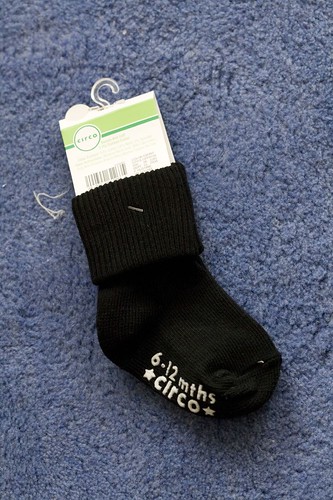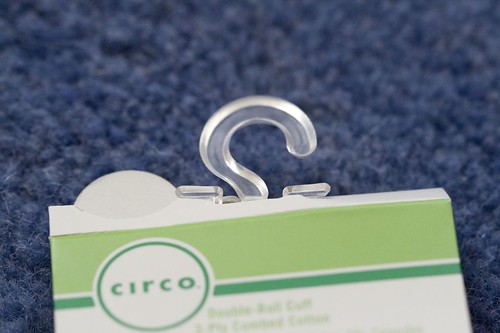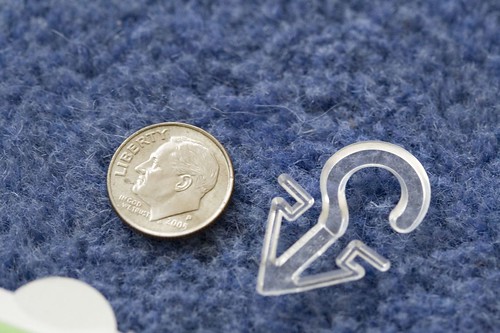The NYT magazine ran this article on how sucrose is probably a poison that causes cancer and a whole raft of other ailments.
Unfortunately, the article is so poorly written and presents so little actual evidence that I’m shocked at the number of otherwise rational people who are simply taking it at face value. John Gruber, whose analysis I usually respect, writes “It’s not often that a magazine article inspires me to change my life. This is one.“.
Here are a few specific comments:
- The article still perpetuates the assumption that high fructose corn syrup is identical to sucrose because they’re both made up of fructose and glucose. Setting aside the obvious difference that a 50% split between fructose and glucose is not the same as 45% glucose and 55% fructose (oh, but right – it’s “nearly” the same), sucrose is a disaccharide and HFCS is a mixture. Sucrose does easily break into glucose and fructose in the presence of sucrase, but the fact that there’s an enzymatic reaction there means that the rate at which it happens can be regulated. Sucrose and HFCS are different things, in much the same way that a cup of water is different from a balloon filled with hydrogen and oxygen, or a pile of bricks is different from a house. Every subsequent opinion in the piece that sugar is bad is doubly applicable to HFCS.
- The article doesn’t actually cite any concrete evidence to support its hypothesis that sugar is toxic. It doesn’t even cite any sketchy evidence to support its hypothesis. Meanwhile, here’s a bit of recent research that suggests the opposite: “Female mice [getting 25% of their calories from sugars] that had been reared on the unbound simple sugars [(fructose and glucose mixture)] experienced high rates of mortality, beginning 50 to 80 days after entering the enclosure. Their death rate was about triple that of sucrose-treated females”.
- Lustig’s Youtube presentation on which the article is based is fairly interesting. As far as I can tell, all it does it make the case that fructose is a poison in large quantities, that excessive amounts of sugar are worse for you than excessive amounts of fat, and that juice, soda, and “low-fat” processed crap that substitutes sugar (but primarily in the form of HFCS) for fat are responsible for the obesity and diabetes epidemics. Most of which is completely reasonable, although I think he ignores the sucrase regulation pathway, which is probably the most critical factor. But nowhere does he say that the body can’t metabolize _any_ sugar safely, which is the main thrust of the NYT piece, based on exactly, as far as I can tell, zero evidence. Lustig’s conclusion is exactly what it’s stated as at the beginning of the article: “our excessive consumption of sugar is the primary reason that the numbers of obese and diabetic Americans have skyrocketed in the past 30 years. But his argument implies more than that. If Lustig is right, it would mean that sugar is also the likely dietary cause of several other chronic ailments widely considered to be diseases of Western lifestyles — heart disease, hypertension and many common cancers among them”. It’s a long leap from there to the position that any sugar consumption is bad, which his argument doesn’t actually imply. Drinking a few cups of water a day is good for you. Drinking a few gallons is probably not so good.
- Here’s an example of the kind of “argument” in the article: ”In animals, or at least in laboratory rats and mice, it’s clear that if the fructose hits the liver in sufficient quantity and with sufficient speed, the liver will convert much of it to fat. This apparently induces a condition known as insulin resistance, which is now considered the fundamental problem in obesity, and the underlying defect in heart disease and in the type of diabetes, type 2, that is common to obese and overweight individuals. It might also be the underlying defect in many cancers.” Of course, it completely ignores that the fructose does not hit the liver in sufficient quantity and with sufficient speed under normal circumstances, and it even flat out includes the counter-hypothesis that the liver is perfectly capable of metabolizing sugar up to a certain point with no detrimental effects.
Excess sugar is clearly bad. I accept that it’s probably even worse than excess fat. I don’t see even a small shred of evidence to accept the logical leap presented in this article that eating a cookie will increase your cancer risk in any meaningful way. Absolutely, we need to study this more. Concluding that sugar is toxic in normal quantities based on the available evidence is ridiculous. Despite the indecision in the article, it’s not hard to define “normal quantities”. I’m the first to agree that the current “sugar in everything” trend in packaged food is bad, and it’s important to check the nutritional labels. HFCS has no business being in bread. The brands you grew up with are not indicators of quality. In fact, I’d go so far as to say that if your food has a nutritional label at all, you’re already at a disadvantage.
Eat more whole foods. Stop taking your calories in liquid form. Cooking at home is different. Change your food chain.





